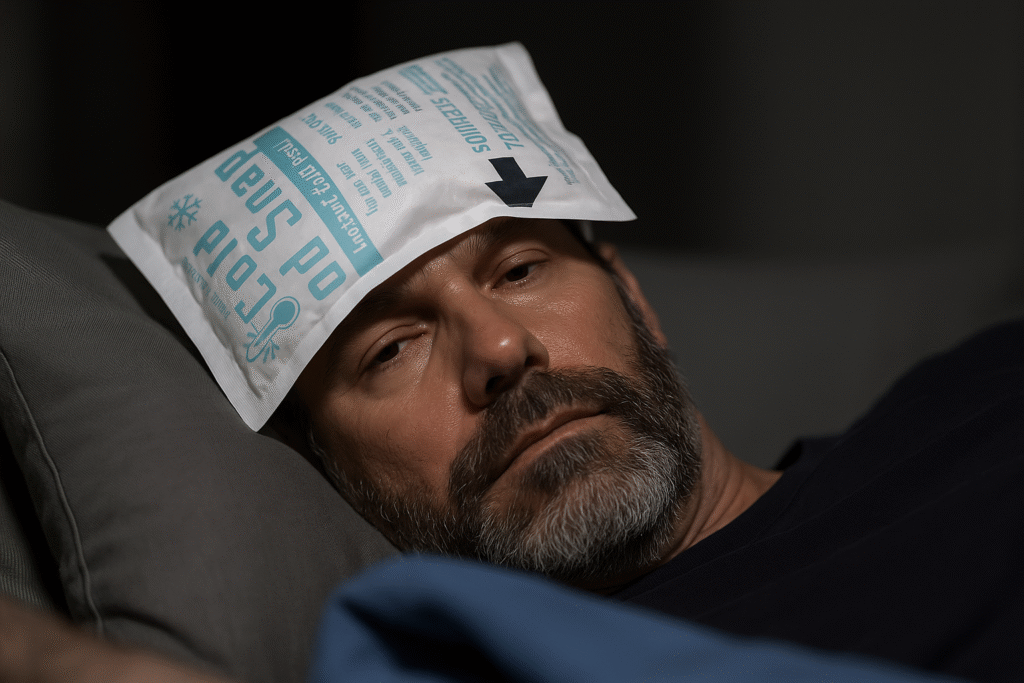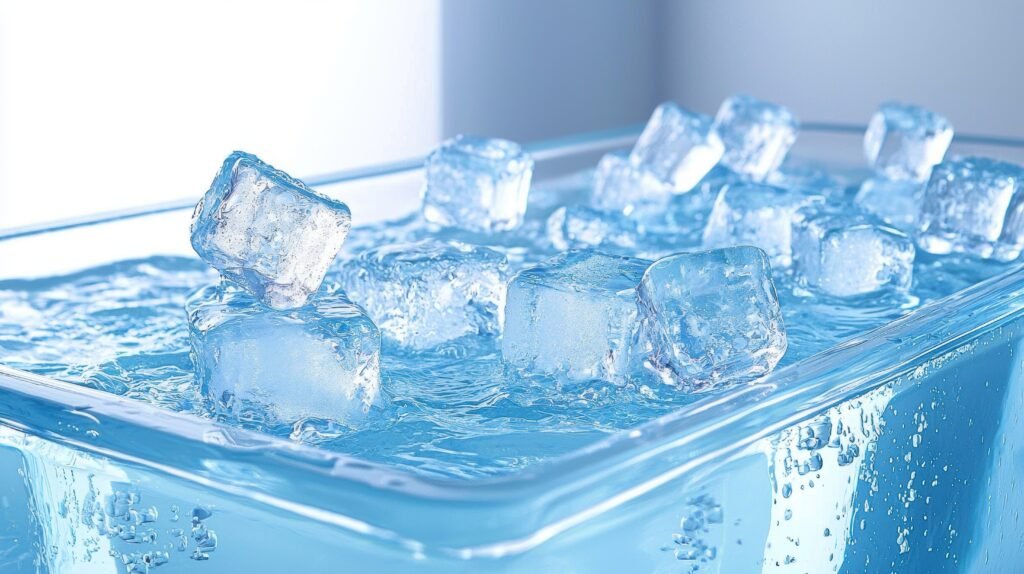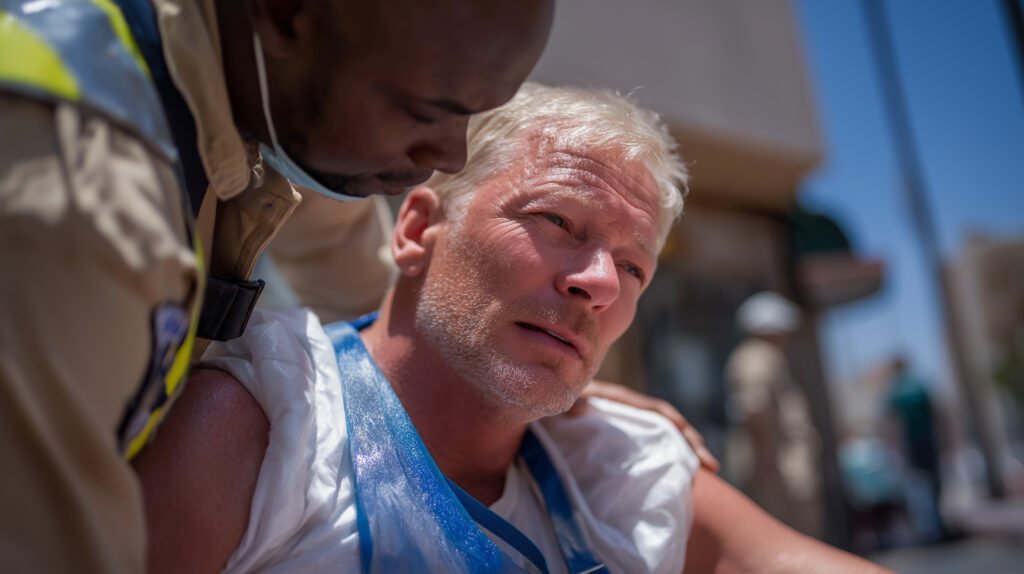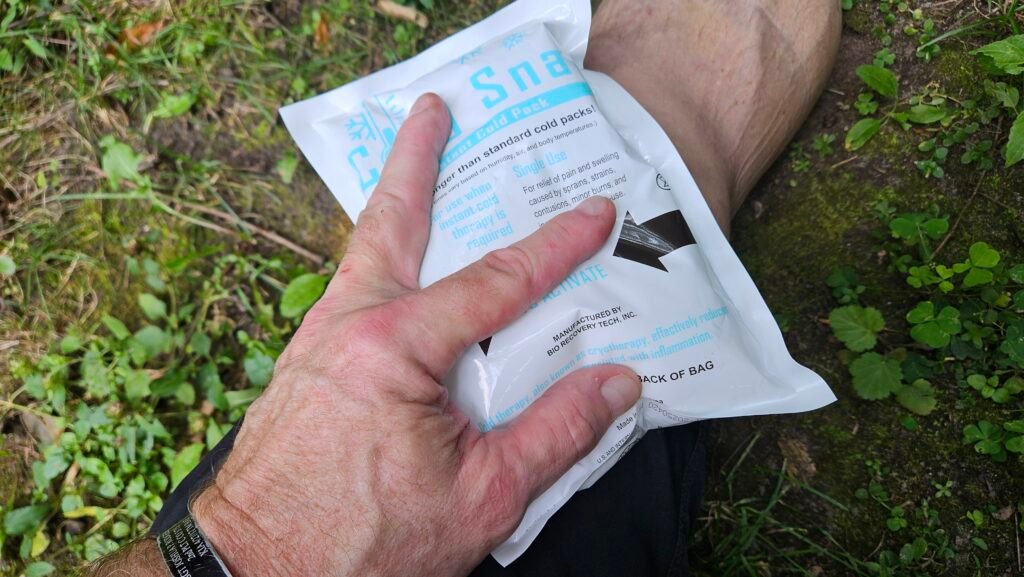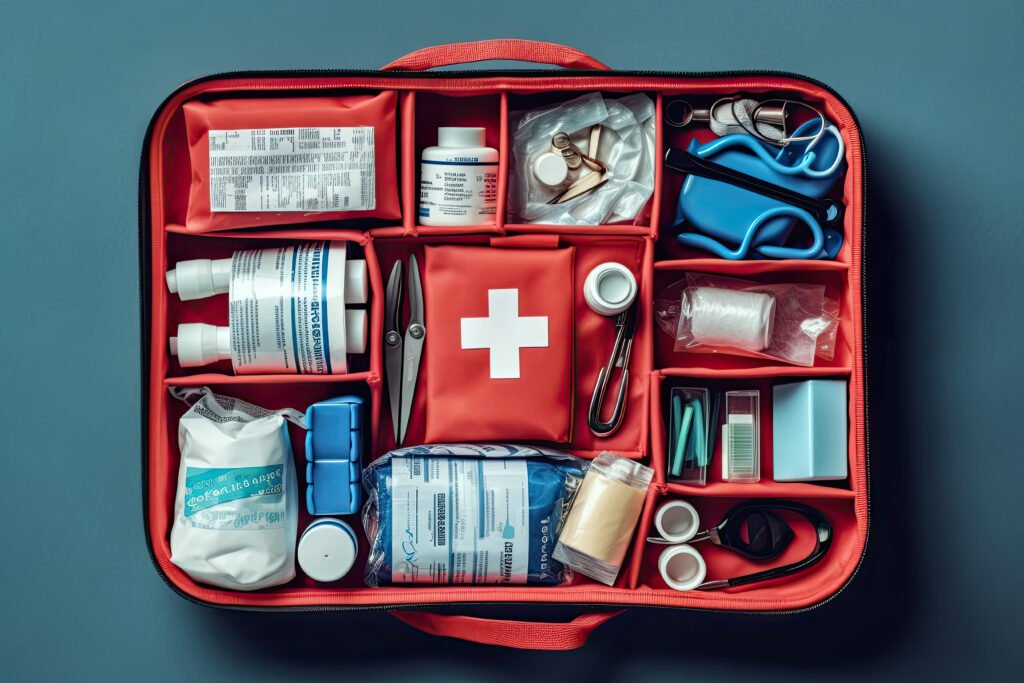How Cold Therapy Helps with Anxiety and PTS
1. Physiological Disruption of Acute Stress Response
- Cold exposure (e.g. instant cold packs applied to the face or neck, ice baths, cold showers) stimulates the vagus nerve, which activates the parasympathetic nervous system.
- This can reduce heart rate and blood pressure, helping counteract the “fight or flight” response triggered by anxiety or panic.
2. Distraction from Intrusive Thoughts
- The sudden sensation of cold can interrupt ruminative or spiraling thought patterns common in panic attacks and PTSD flashbacks.
- This is sometimes called a “grounding technique,” helping people stay in the present moment.
3. Increased Endorphins and Norepinephrine
- Cold exposure can trigger the release of endorphins and norepinephrine, improving mood and focus.
- These neurochemical effects may help alleviate symptoms of depression and emotional numbness associated with PTSD (Post-Traumatic Stress)
4. Improved Emotional Regulation
- Regular use of cold therapy (under controlled conditions) may train the nervous system to respond less reactively to stress over time.
- Techniques like the Wim Hof Method combine cold exposure with breathwork and are popular for this reason.
Practical Applications
- Cold packs on the face or neck during a panic attack or high anxiety.
- Instant cold packs like the ones described in your PDF (Cold Snap™ by Kelvin Dynamics) are useful in ambulatory settings and can be sent home with patients.
- Cold water immersion or cold showers as part of a daily or weekly wellness regimen.
- Cold compresses during therapy sessions or mindfulness training.
Notes
- Cold therapy is a supportive intervention for anxiety, panic attacks, and PTSD, not a standalone treatment.
- Individuals with heart conditions, Raynaud’s disease, or other circulatory issues should consult a clinician before use.

